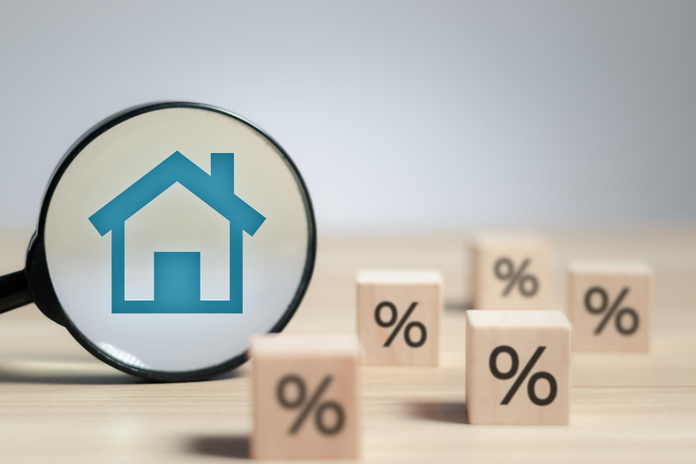US mortgage rates experienced their most significant drop in two years last week, with the average 30-year fixed mortgage rate falling to 6.55%. This decline has sparked a surge in refinancing applications and has raised hopes for a modest recovery in the housing market, which has been sluggish for much of the year. The drop in US mortgage rates has caught the attention of homeowners and prospective buyers alike, signaling a potential turning point in the real estate sector.
Significant Decline in Mortgage Rates
According to data released by the Mortgage Bankers Association on Wednesday, the contract rate on a 30-year fixed mortgage decreased by 27 basis points, settling at 6.55% for the week ending August 2. This is the lowest level for US mortgage rates since May 2023. Additionally, the rate on a five-year adjustable mortgage plummeted by 31 basis points to 5.91%, marking its lowest point this year.
This sharp decline in US mortgage rates is largely attributed to a drop in US Treasury yields, which plunged following a disappointing jobs report that fueled expectations of more aggressive cuts in borrowing costs by the Federal Reserve. The anticipation of a possible 50-basis-point rate cut at the Fed’s September meeting has led to increased speculation about the central bank’s future policy moves, although some policymakers have expressed caution about such an aggressive reduction.
Surge in Refinancing and Mortgage Applications
The decline in US mortgage rates has had an immediate impact on the housing market, particularly in the area of refinancing. The MBA’s index of refinancing activity jumped nearly 16% last week, reaching a two-year high of 661.4. This surge indicates that many homeowners are taking advantage of the lower rates to refinance their existing mortgages, potentially reducing their monthly payments and saving money over the life of their loans.
In addition to the increase in refinancing, mortgage applications to purchase homes also saw a modest uptick, rising by 0.8%—the first increase in a month. The overall index of mortgage applications, which includes both refinancing and purchase applications, climbed 6.9% last week to its highest level since the beginning of the year. This suggests that the drop in US mortgage rates is beginning to breathe new life into the housing market, which has been facing challenges due to high home prices and economic uncertainty.
Implications for the Housing Market
The recent decline in US mortgage rates has led some economists to predict a potential recovery in the housing market. Thomas Ryan, a North America economist at Capital Economics, noted in a recent report that the drop in rates “should set the stage for a modest recovery in transactions in the rest of the year, providing that recession fears prove unfounded as we expect.” Ryan added that this marks a potential turning point for the housing market, which has been relatively stagnant in recent months.
However, while the drop in US mortgage rates is a positive development for the housing market, rising home prices continue to present a challenge for prospective buyers. The ongoing increase in home prices has made it difficult for many buyers to afford homes, even with lower mortgage rates. A further increase in housing inventory, which could help limit price growth, may be necessary to reinvigorate sales of previously owned homes.
Looking Ahead
The MBA survey, which has been conducted weekly since 1990 and covers more than 75% of all retail residential mortgage applications in the US, provides a comprehensive view of current trends in the mortgage market. As US mortgage rates continue to fluctuate, the impact on the housing market will be closely monitored by economists, policymakers, and industry stakeholders.
The recent drop in US mortgage rates is a significant development that could have far-reaching implications for the housing market and the broader economy. As homeowners rush to refinance and prospective buyers consider entering the market, the coming months will be crucial in determining whether this decline in rates leads to a sustained recovery in housing activity.
Featured Image: Freepik



